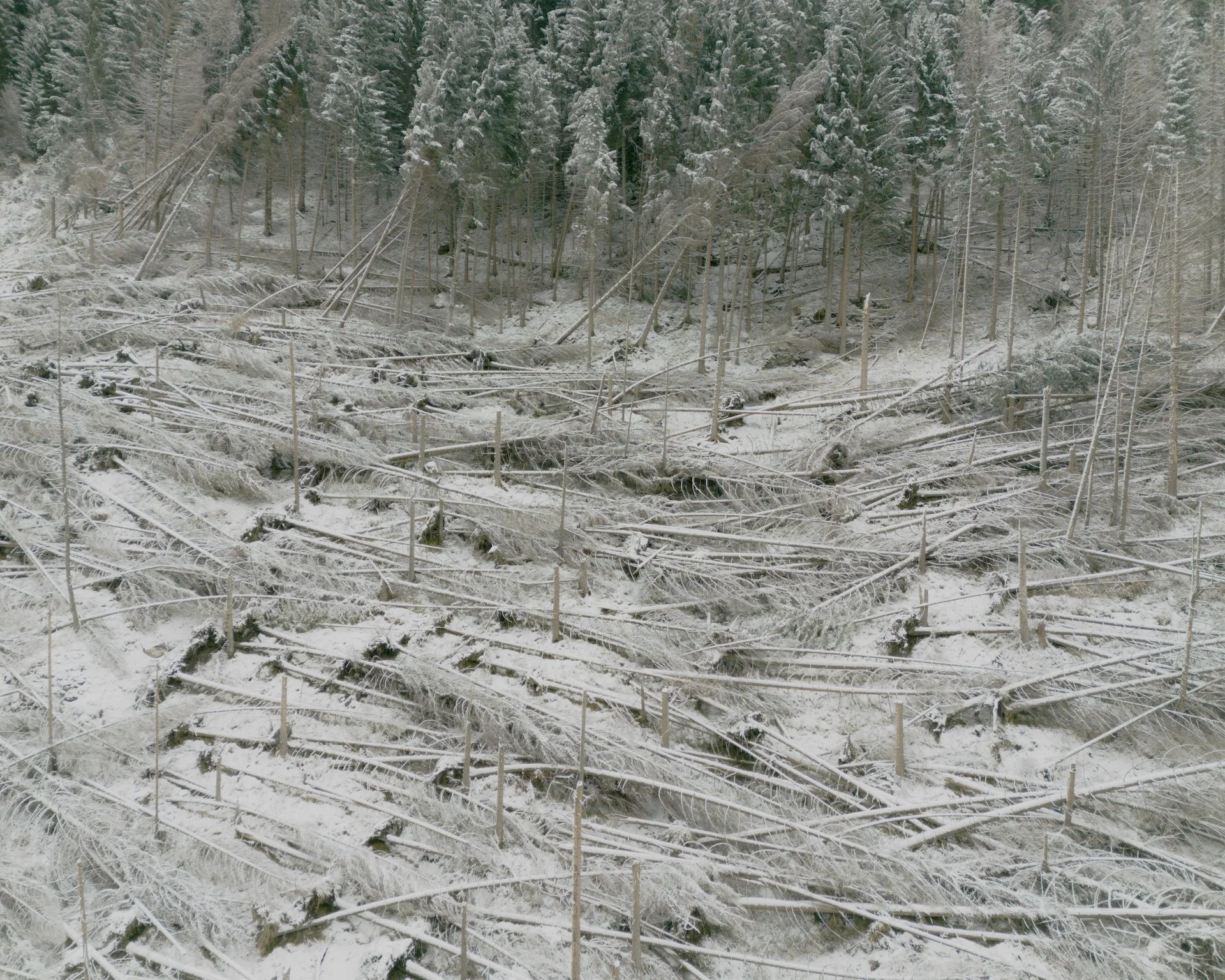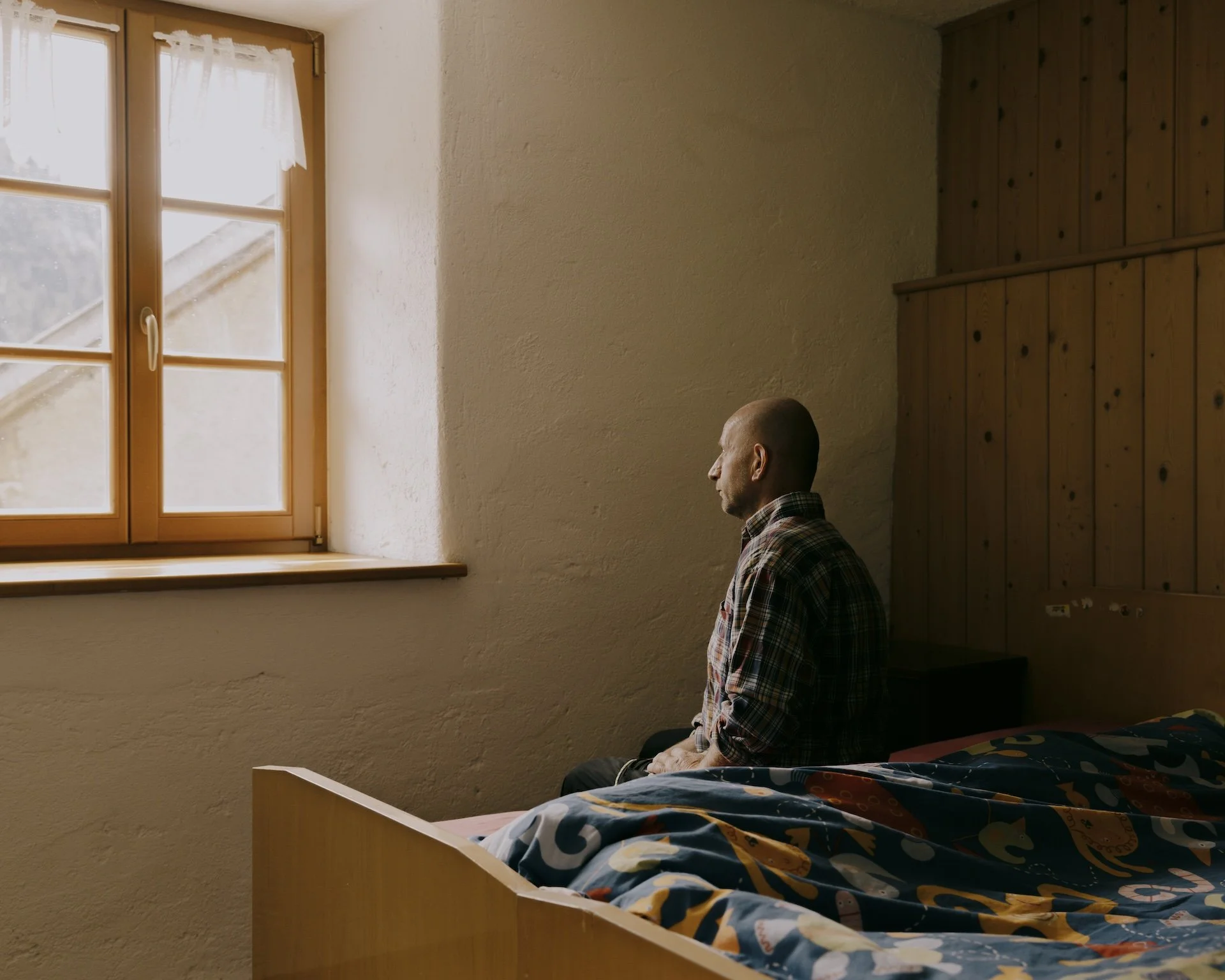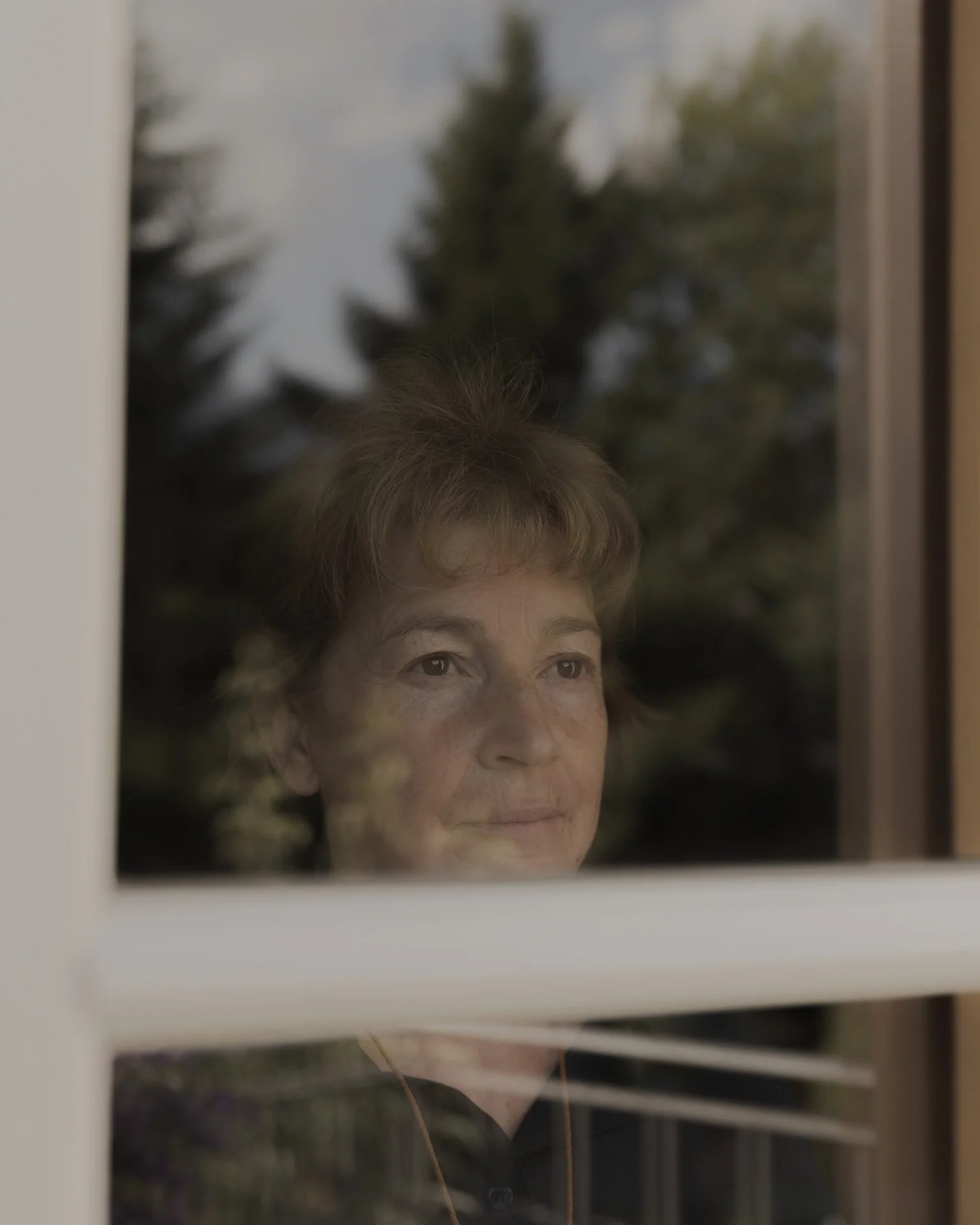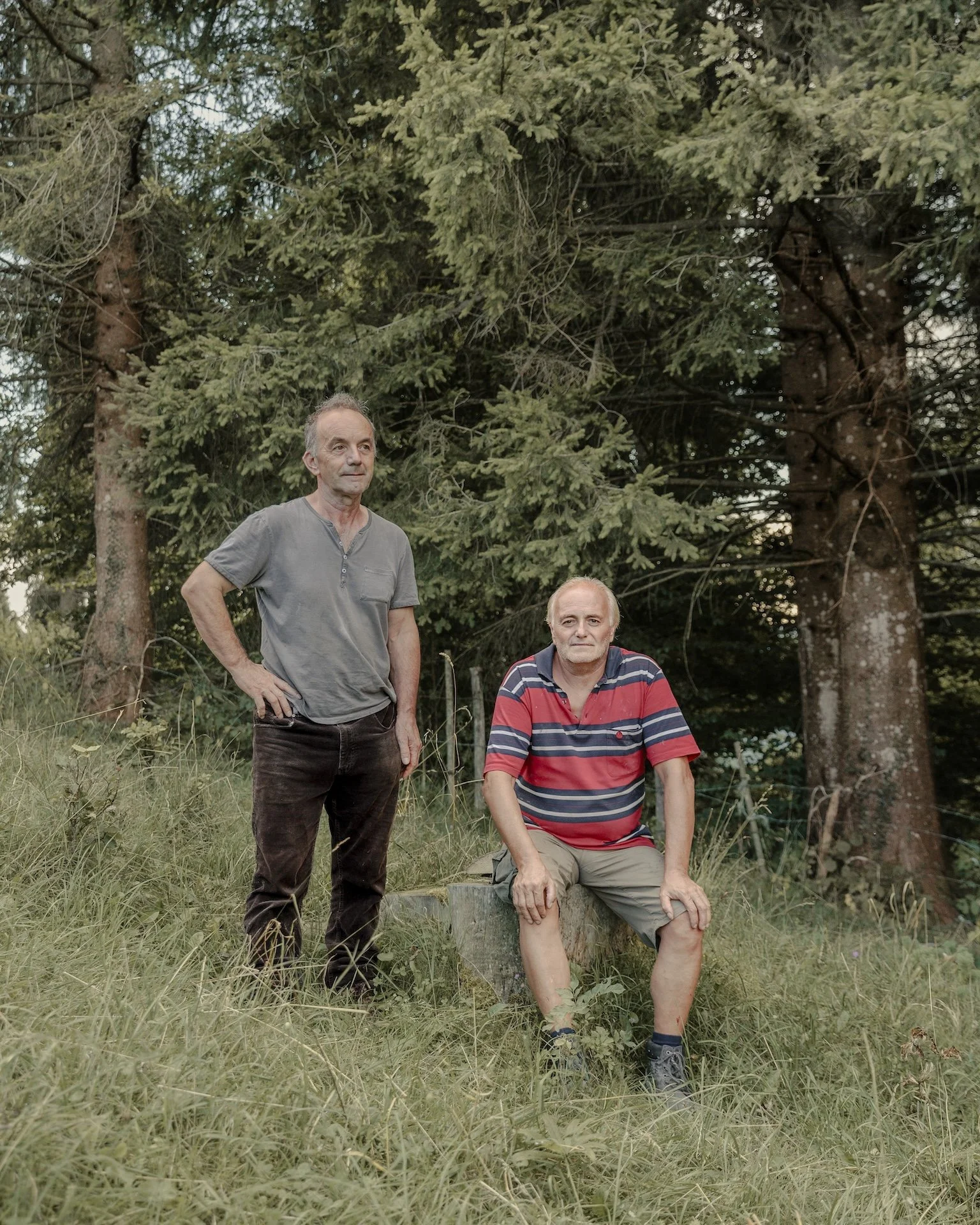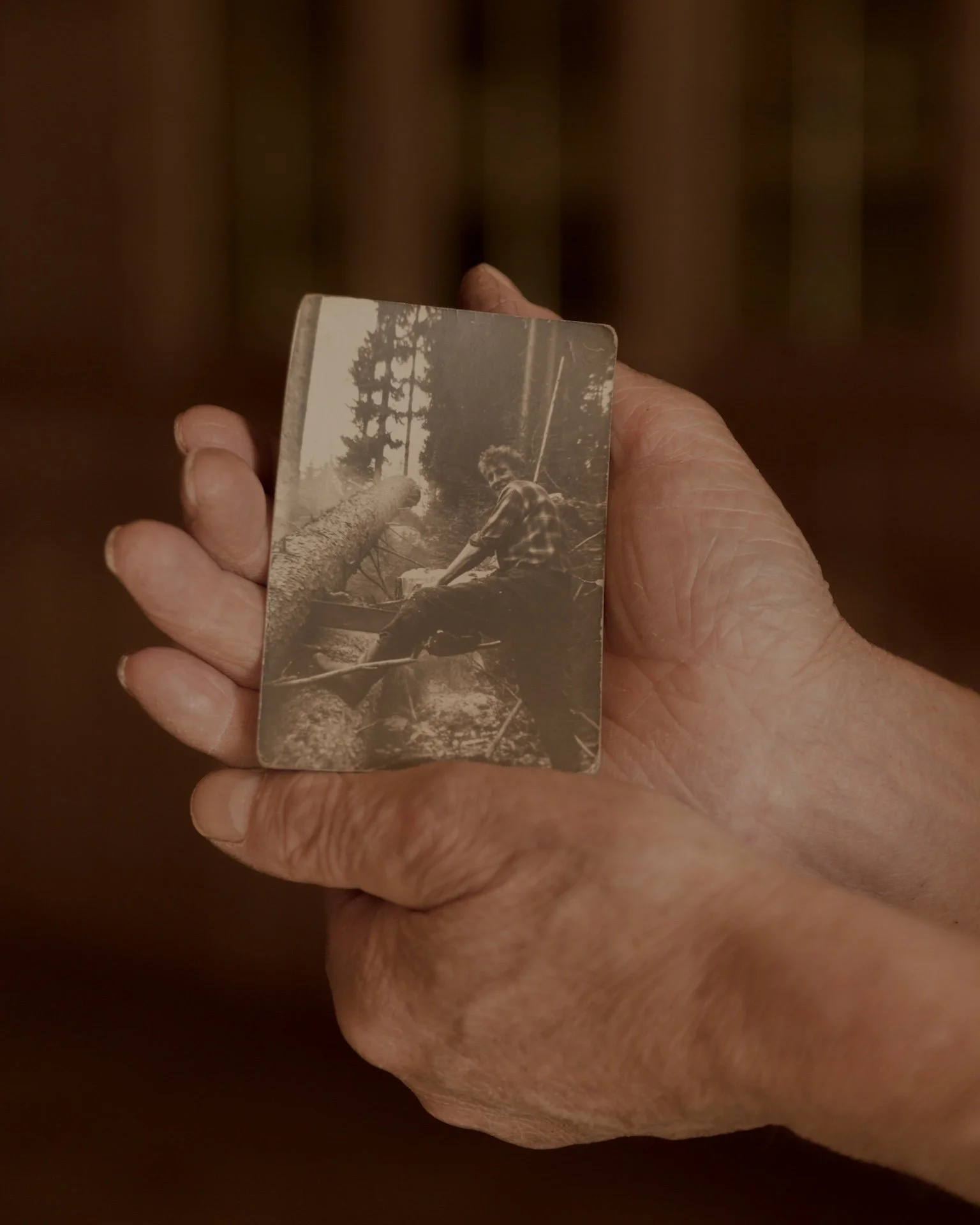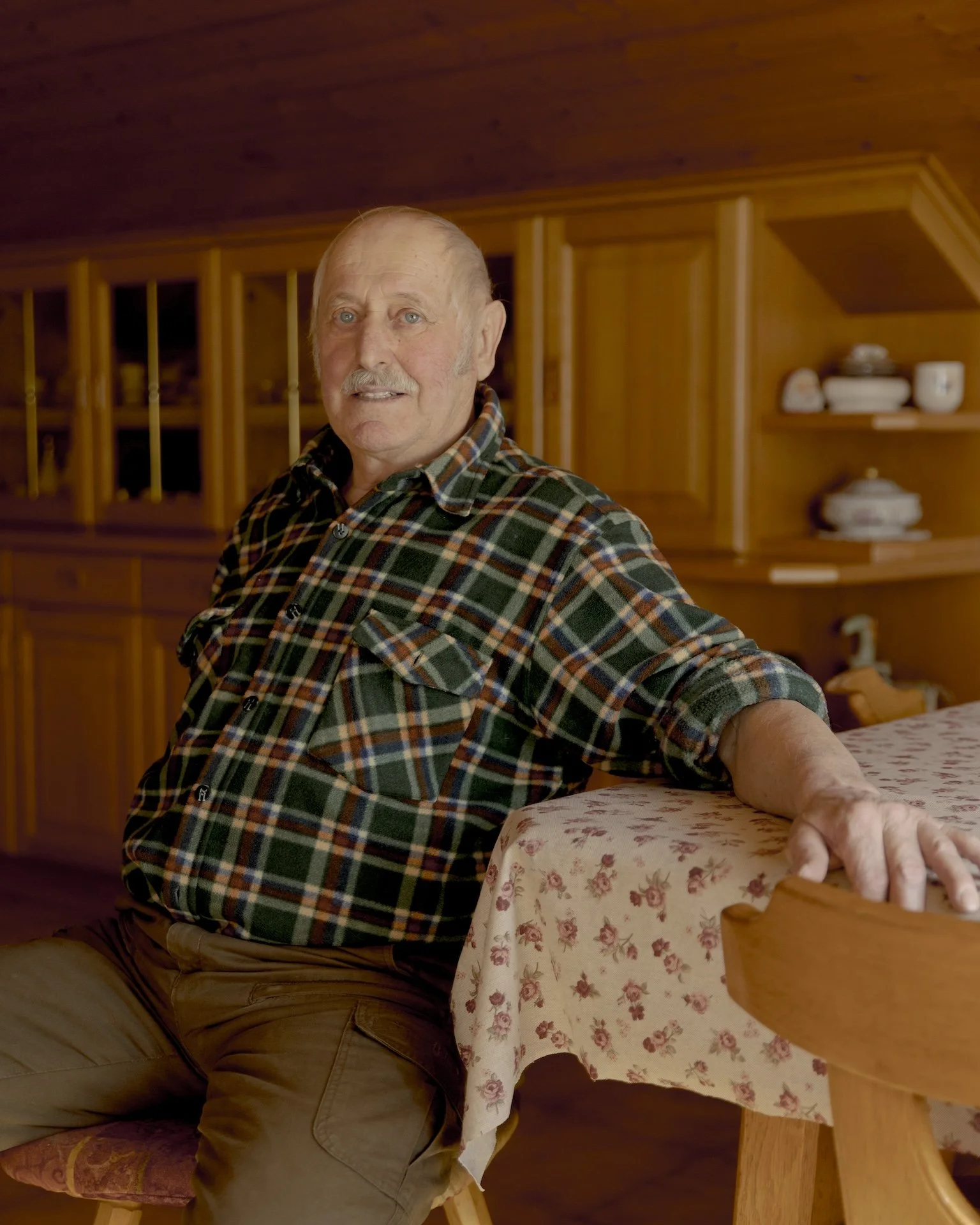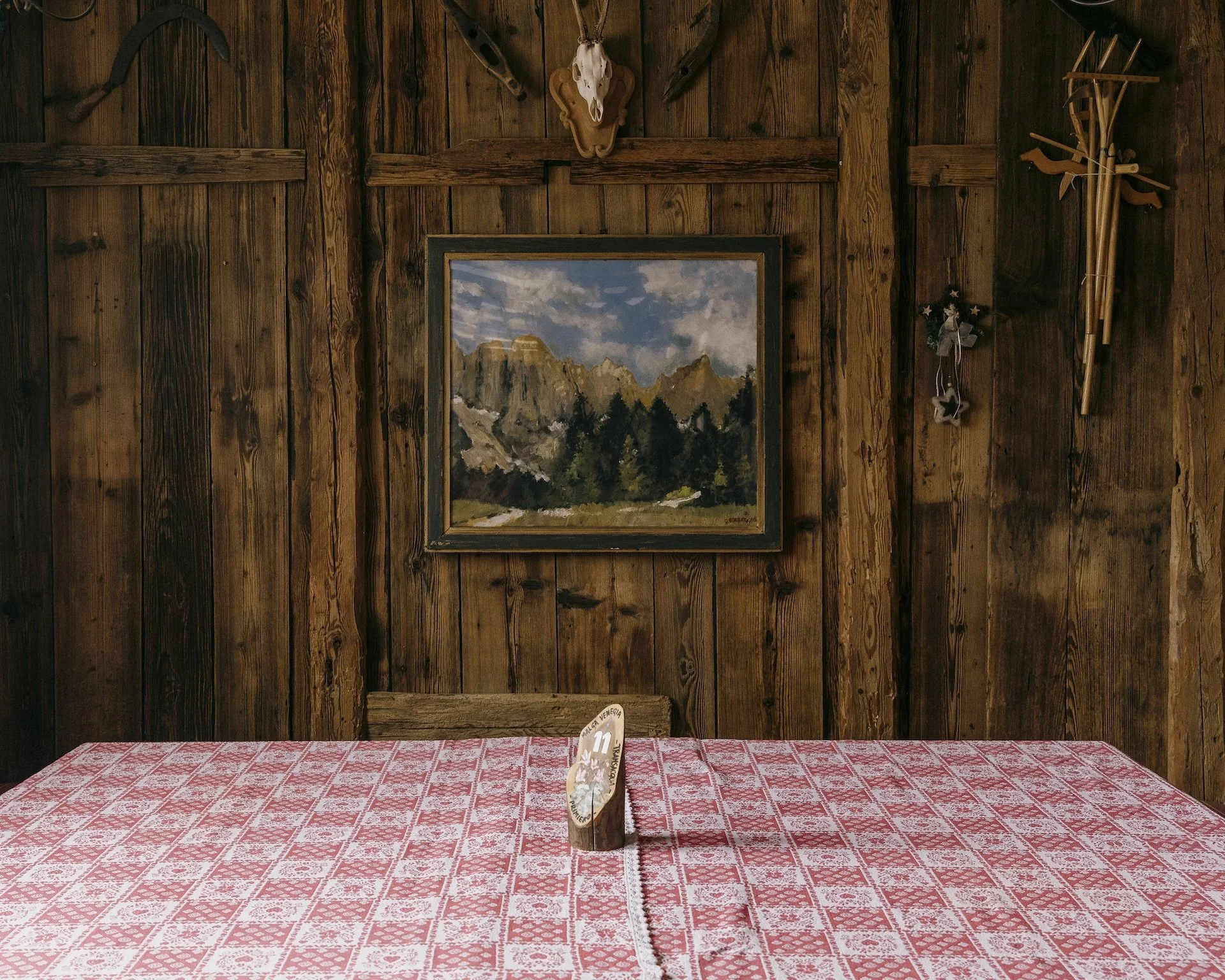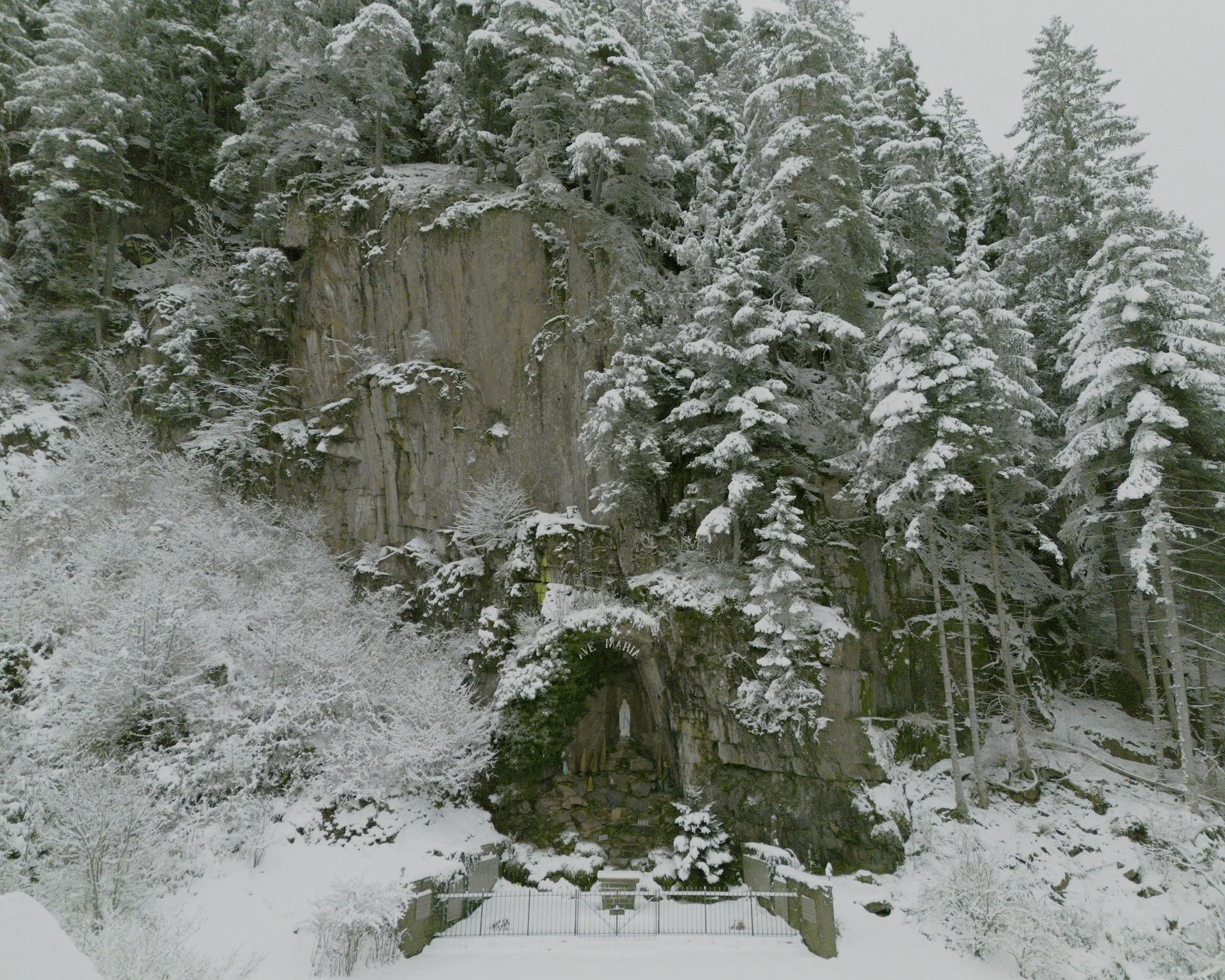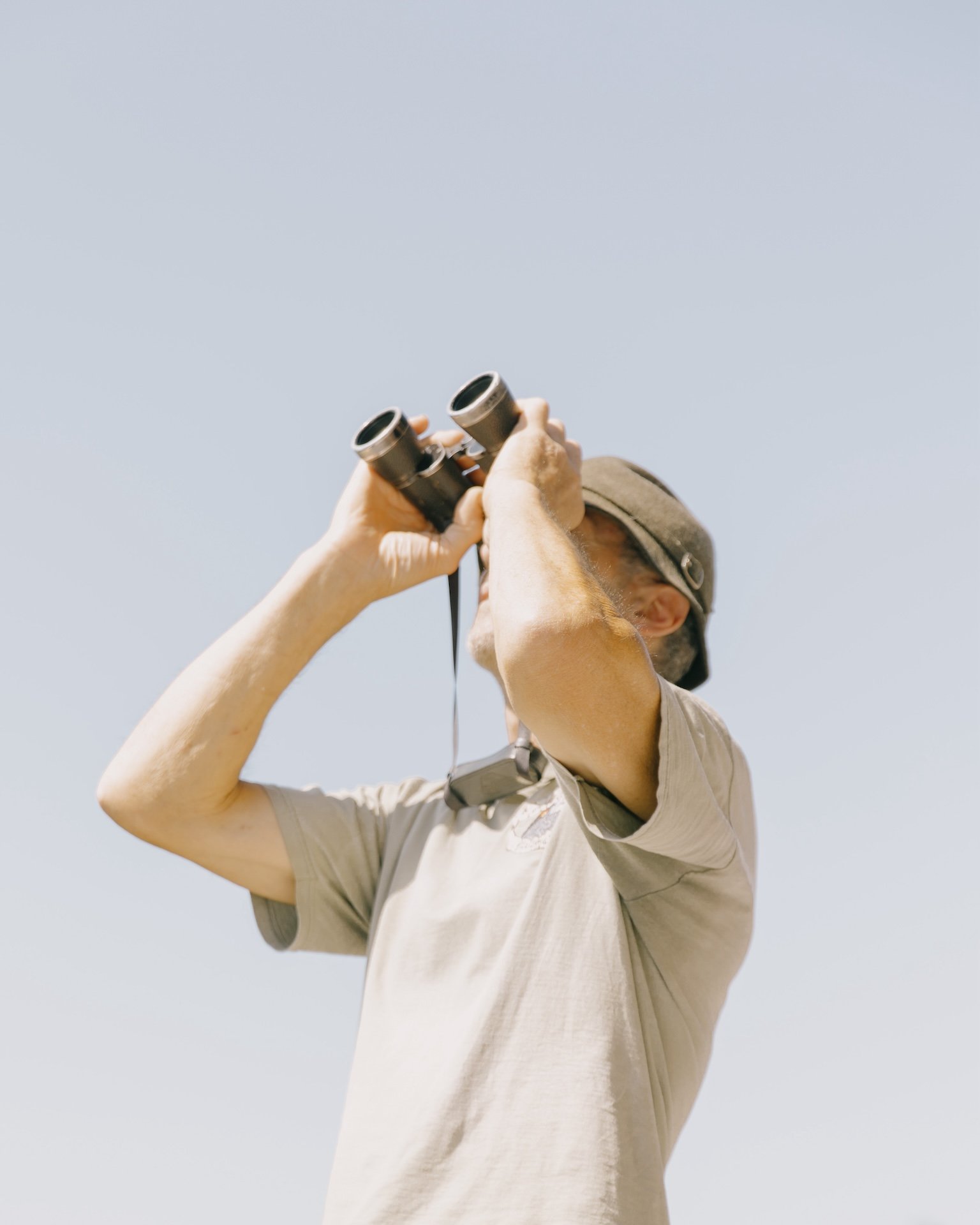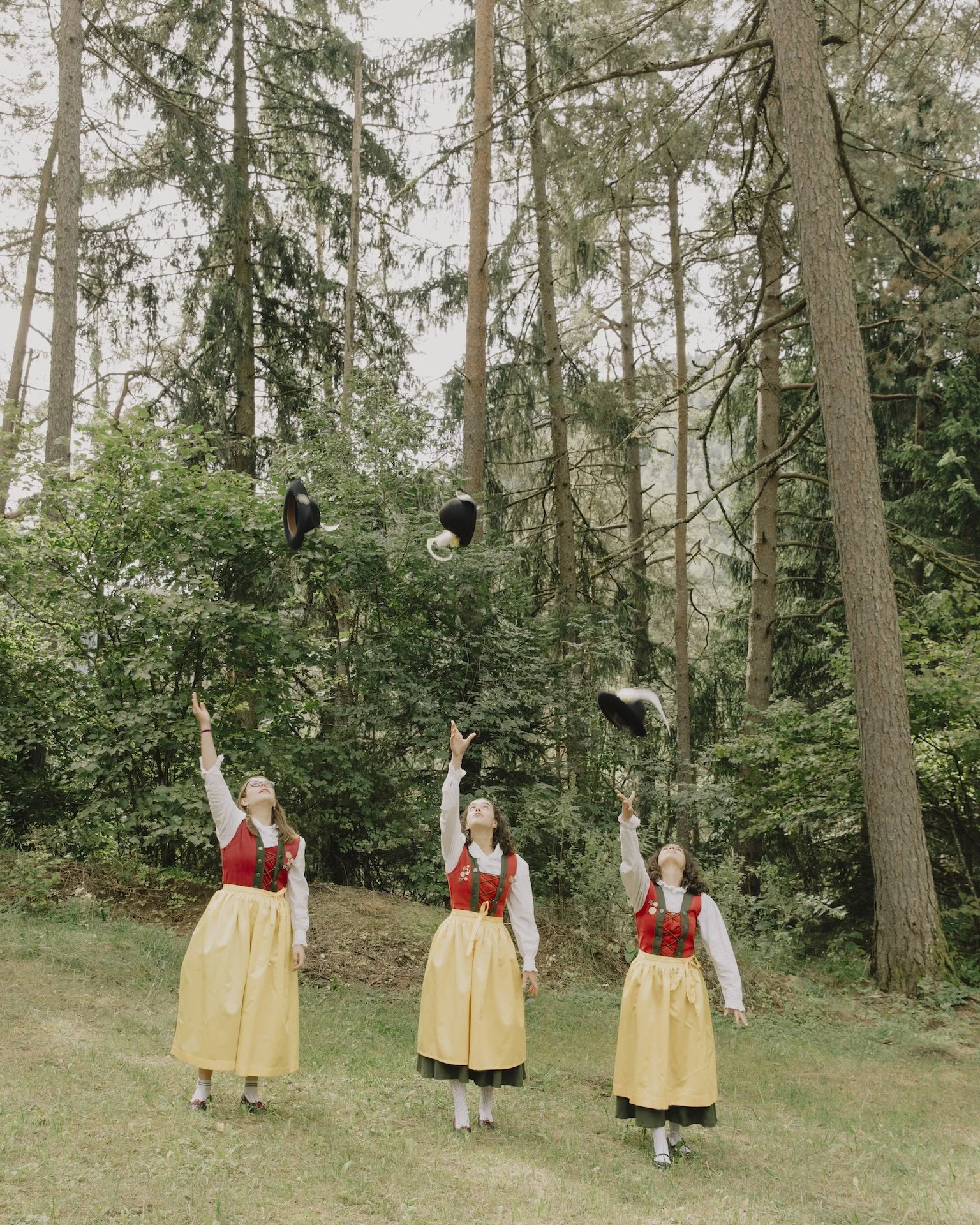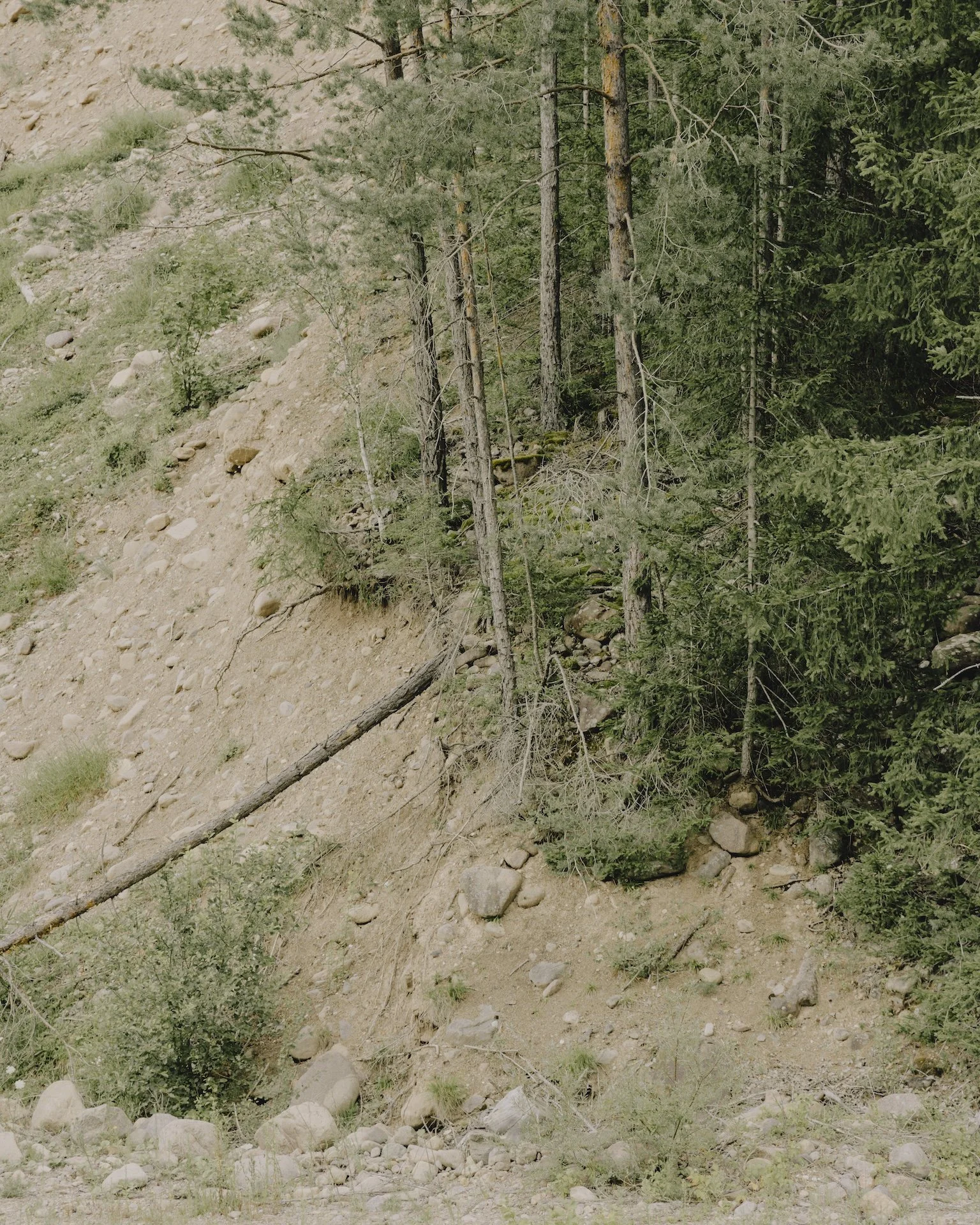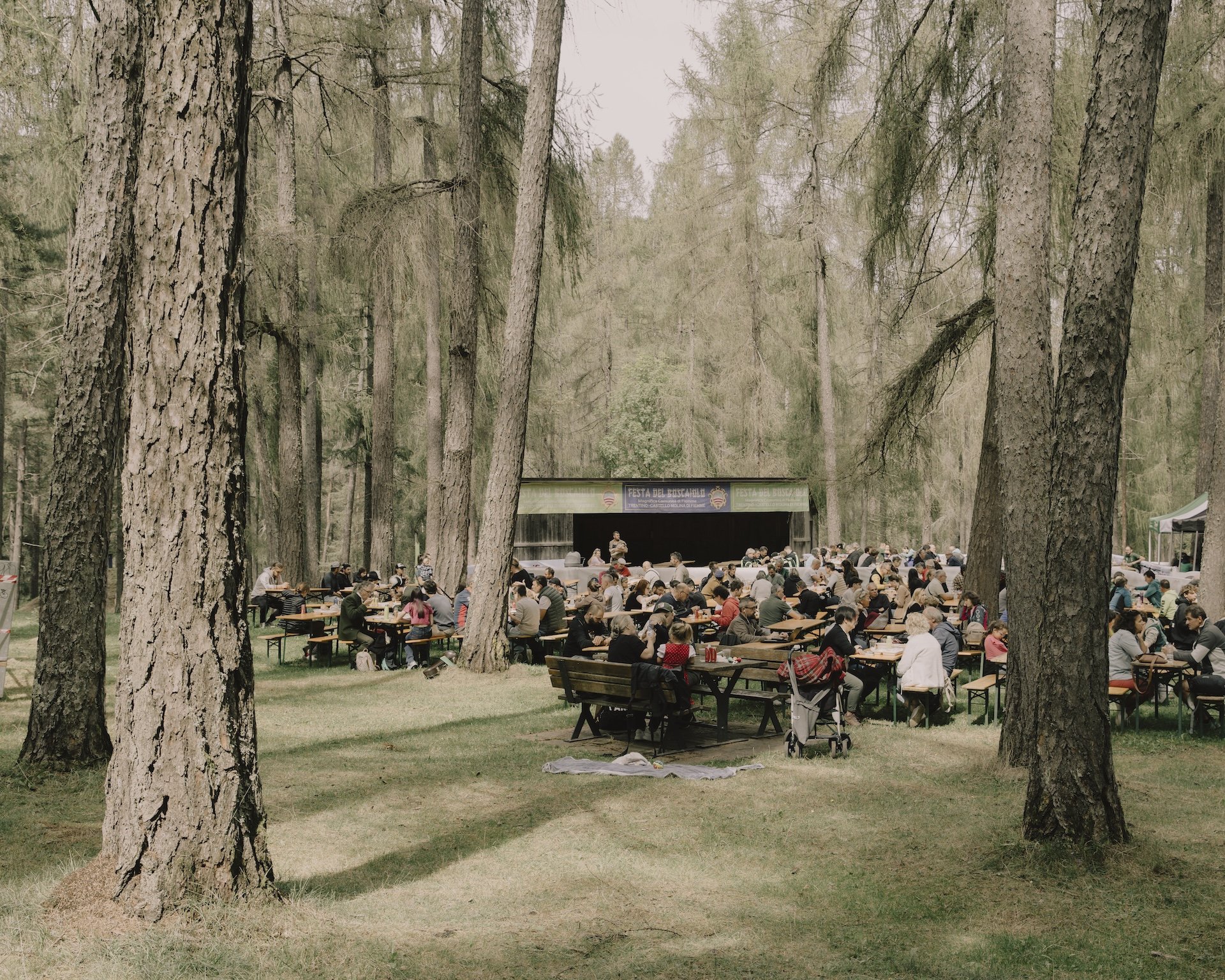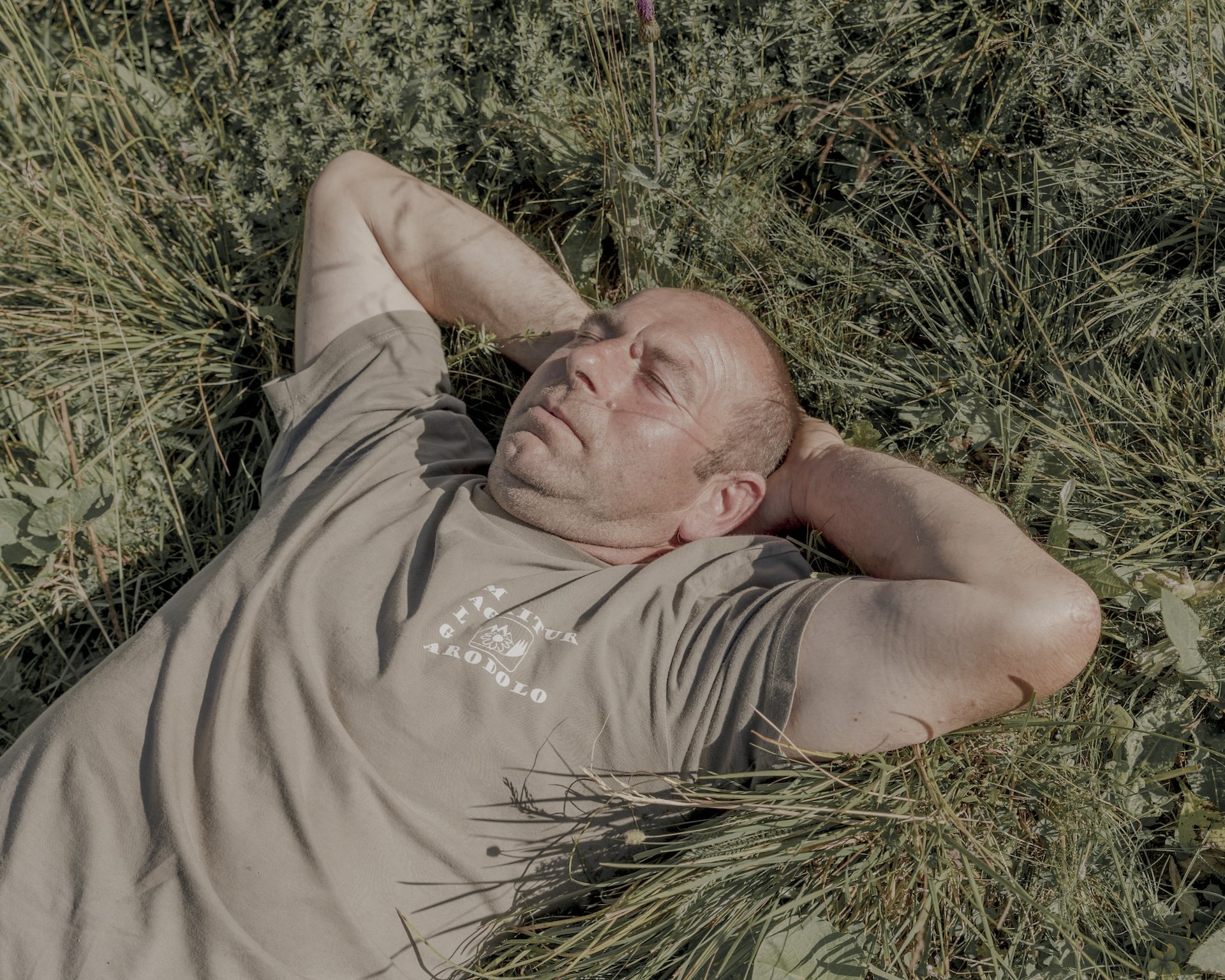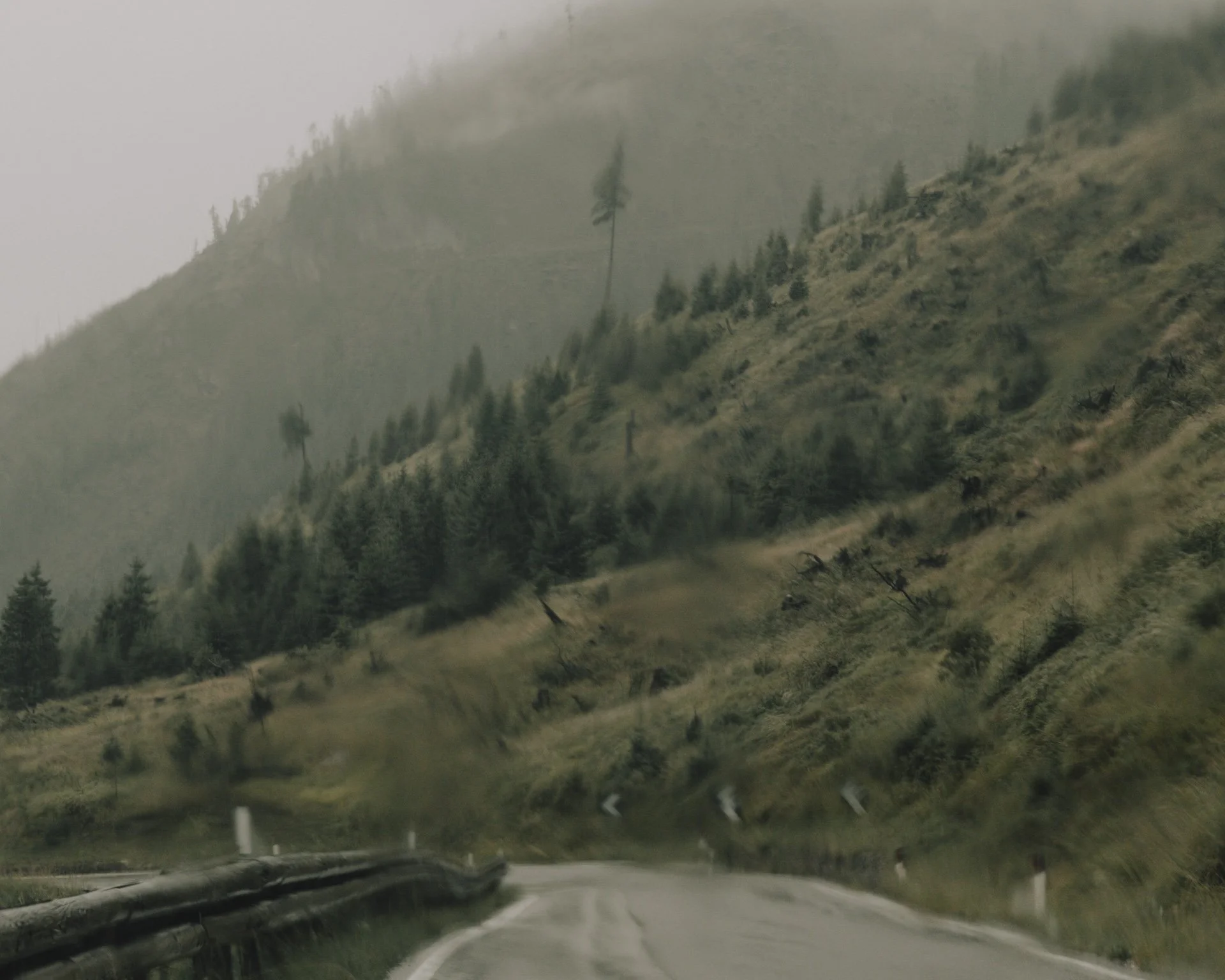2024 - ongoing
All begins with a rain of needles
All begins with a rain of needles (2024 - ongoing) is a long-term visual research that narrates the human and cultural impacts of the spruce bark beetle epidemic affecting the Italian Alps. It tells how the inhabitants of the most affected areas are experiencing this phenomenon, both as individuals and as a community, and how they are trying to react to this to re-establish a deep and authentic link with their forests.
The spruce bark beetle is a tiny insect that, aided by extreme climatic events and the general weakening of trees, has found ideal conditions to spread uncontrollably, targeting especially spruce trees. Since 2018, this epidemic has been radically transforming the Alpine landscape, wiping out forests that for centuries have represented not only economic value but also a symbolic and emotional cornerstone for entire communities, whose cultural identities have been shaped by their profound bond with the forests and wood.
This epidemic is erasing a landscape many consider distinctly “Alpine,” threatening the disappearance of forests that, for some families, embody a precious heritage. Moreover, the destruction of forest cover endangers pastures and homes: without trees to hold the soil, the risk of landslides, avalanches, and floods increases significantly.
The consequences of this phenomenon are not only environmental, but also involve psychological, emotional, and identity aspects. Many inhabitants of the most affected territories can no longer enter the forests that marked their childhood, others no longer recognize the place where they were born, and some have lost the forest as a key point of reference. Beyond the immediate risks, there is a deeper cultural threat: the possible loss of ancient traditions, knowledges, and ways of life intimately tied to the forest.
In response to this difficult scenario, however, in recent years, numerous initiatives have been taken to try to mitigate the damage and contain the spread of the bark beetle epidemic, especially by local entities, researchers, lumberjacks, and forest keepers who monitor the epidemic and intervene when possible. Their efforts are crucial to preserving what remains and trying to reimagine the relationship between people and a rapidly changing natural environment.
This research began in Val Canale, a place I consider home, and has since expanded to cover broader areas of North-Eastern Italy, particularly focusing on the most affected areas, such as the Val di Fiemme, the Agordino, and the Altopiano di Asiago. Through a metaphorical approach and an ethnographic method of research, I explore how people are experiencing this transformation and how they are striving to renegotiate their relationship with the forests, in doing so redefining their roots and sense of community.
